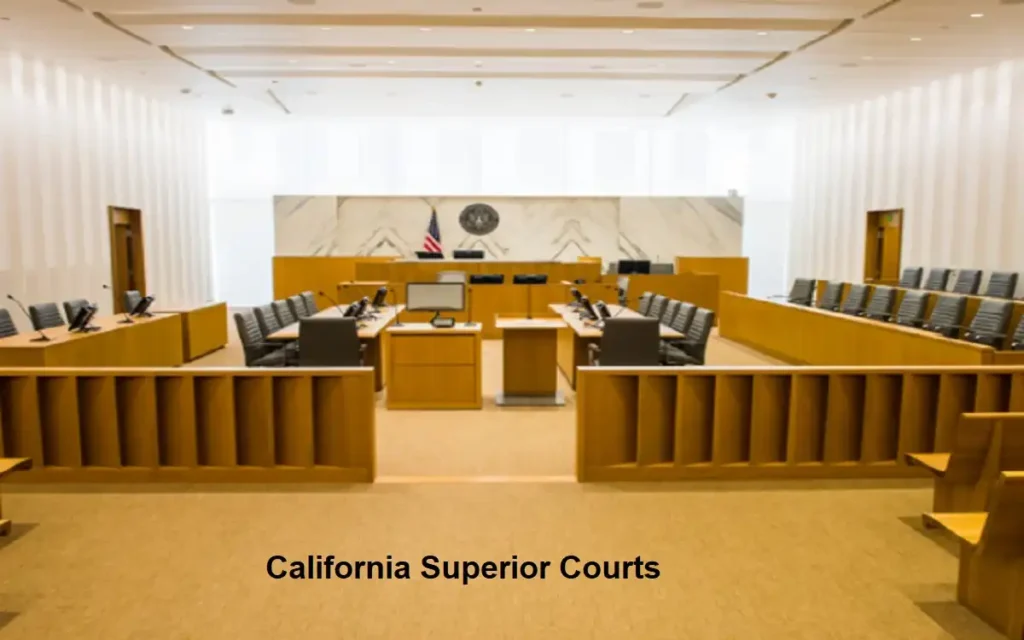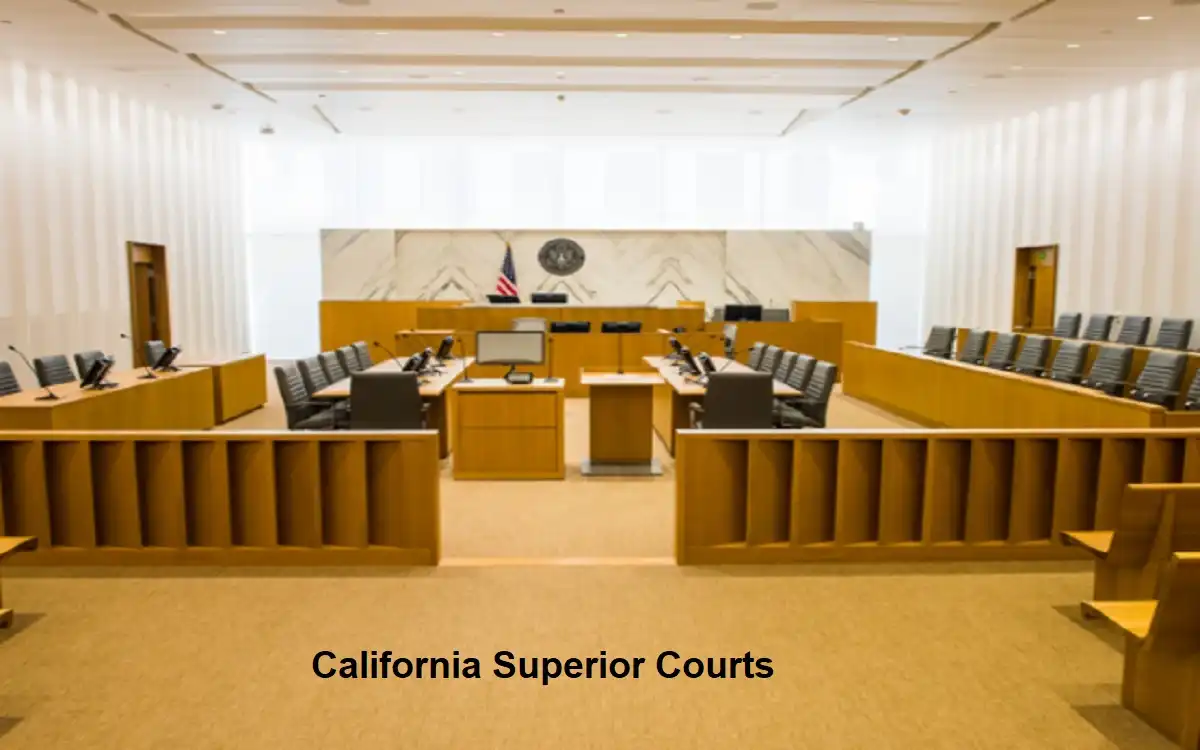|
Getting your Trinity Audio player ready...
|
The California Superior Courts system, spanning 58 counties across the state, continues to grapple with the complex task of maintaining adequate judicial resources to serve its growing population. With 1,375 authorized judge positions distributed across the state, the system reveals striking disparities in judicial allocation that reflect both historical developments and contemporary demographic shifts.
Urban-Rural Judicial Distribution
Los Angeles County stands at the forefront with 429 judges, reflecting its position as the state’s most populous region. Following distantly are San Diego and Orange Counties with 128 and 109 judges respectively. This concentration of judicial resources in urban centers highlights the challenge of balancing population needs with judicial accessibility.
The distribution of judicial resources must reflect not only population density but also the unique needs of each community,
says legal expert Sarah Martinez, highlighting the complexities of judicial allocation.
Legislative Initiatives for Judicial Expansion
Recent legislative measures have demonstrated California’s commitment to strengthening its judicial framework. The state has authorized several significant expansions:

- 50 additional judges under Section 69614
- Another 50 judges pending legislative appropriation
- 100 new positions awaiting funding allocation
- 26 additional superior court judgeships subject to appropriation
Strategic Reallocation Efforts
In a notable move to address regional disparities, the legislature has implemented strategic reallocations. Four judgeships have been redistributed:
- Two positions from Santa Clara to Riverside County
- Two positions from Alameda to San Bernardino County
This reallocation reflects the system’s responsiveness to changing demographic patterns and caseload demands.
Family and Juvenile Law Priorities
A significant reform initiative focuses on strengthening the handling of family and juvenile law cases. The legislature has emphasized the importance of having judges, rather than subordinate judicial officers, presiding over these sensitive matters.
The long-lasting impact of decisions in family and juvenile cases demands the highest level of judicial oversight,
states the legislative finding.
Systematic Conversion Program
Between 2011 and 2018, the Judicial Council received authority to implement a systematic conversion program:
- Annual conversion of 10 subordinate judicial officer positions to judgeships
- Focus on family law and juvenile law assignments
- Total of 60 positions authorized for conversion over six fiscal years
This program demonstrates the state’s commitment to upgrading judicial resources in critical areas.
Rural Access to Justice
Smaller counties maintain a minimum of two judges, ensuring basic judicial services in rural areas. Counties such as Alpine, Modoc, and Sierra exemplify this baseline staffing level, though some legal experts argue this might be insufficient for comprehensive judicial services.
Future Challenges and Opportunities
The current judicial distribution faces several challenges:
- Growing population in inland counties
- Increasing complexity of cases
- Need for specialized judicial expertise
- Budget constraints affecting new appointments
We must continue to evaluate and adjust our judicial resources to ensure equal access to justice across all communities,
emphasizes Judicial Council spokesperson Robert Chen.
The California Superior Courts system’s structure reflects a complex balance between historical precedent, population needs, and evolving judicial requirements. As the state continues to grow and change, the flexibility built into recent legislation suggests an ongoing commitment to adapting judicial resources to meet community needs.
For More News Update Visit California News



